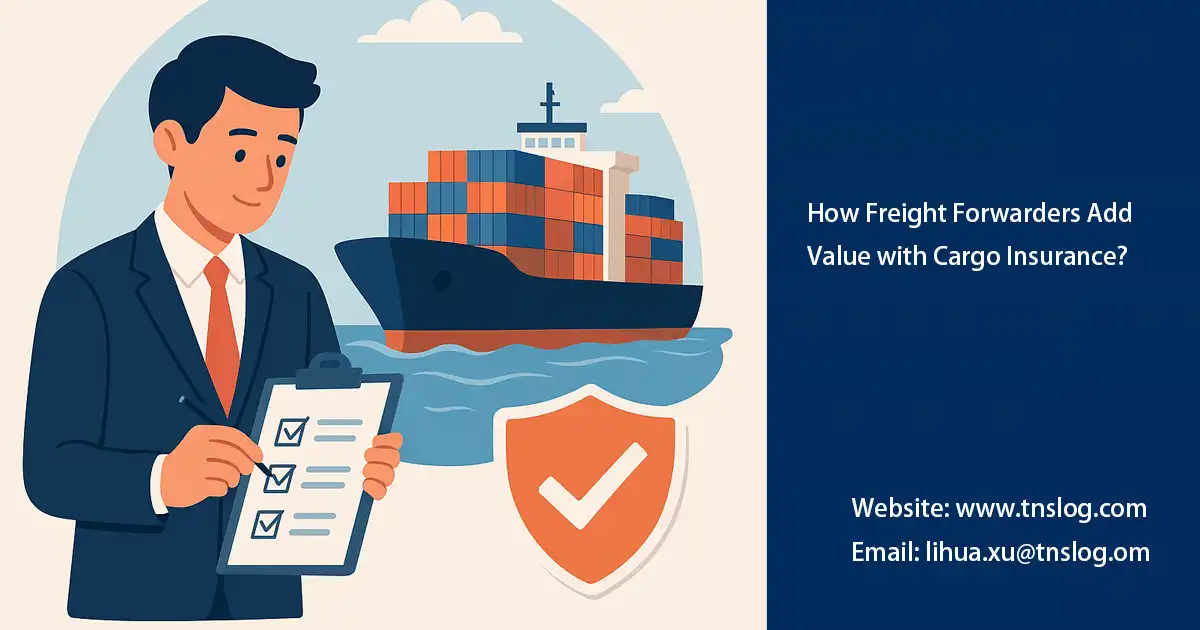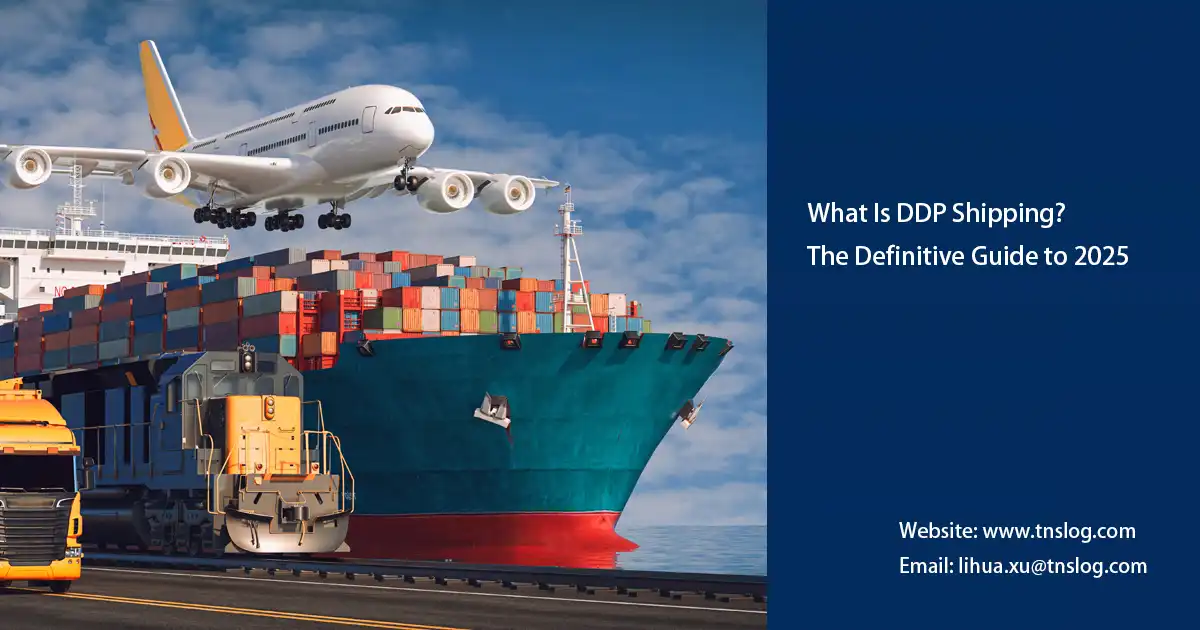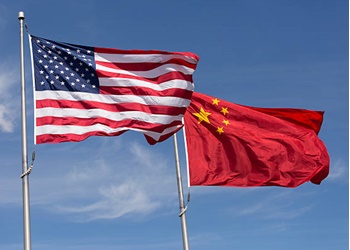Port Congestion Fees Explained: Malaysia Freight Forwarder Solutions
A port congestion surcharge is an additional fee charged by shipping companies to cover the extra costs incurred when a port is severely delayed due to factors like high volume, weather, or strikes. This surcharge compensates for costs such as increased labor, equipment usage, and extended waiting times, and it’s applied to shipments booked to or from that congested port.
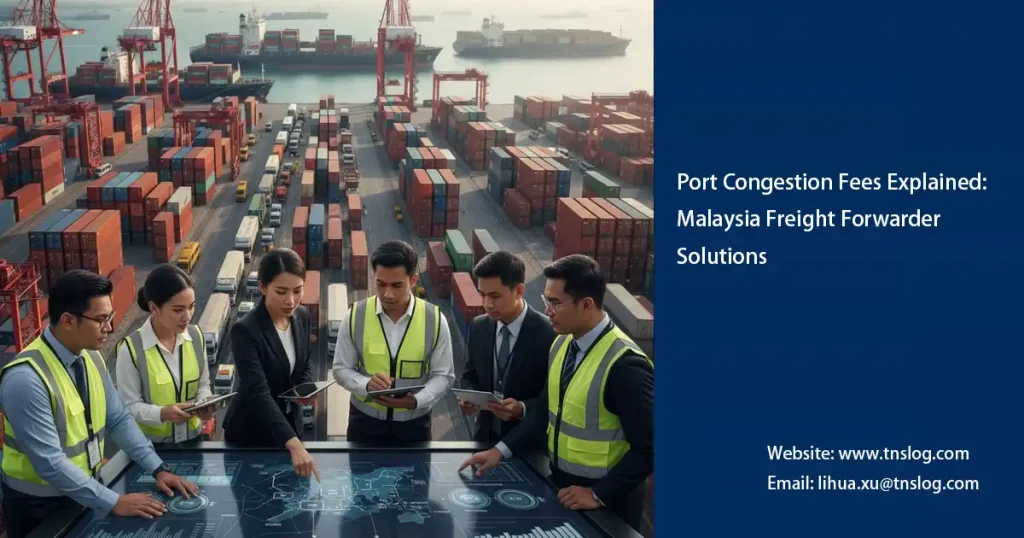
Causes of port congestion
Port congestion is a complex issue caused by a variety of factors:
- Peak season cargo surges—increased demand during holiday periods or year-end export peaks.
- Limited port infrastructure—insufficient berths, aging cranes, or limited container yard space.
- Customs clearance and declaration delays—prolonged document review or inspection processes.
- Weather and labor issues—monsoons, typhoons, or labor shortages.
- Global shipping disruptions—such as the Red Sea crisis or ship schedule adjustments caused by the pandemic.
These factors not only slow cargo processing but also have a ripple effect on global shipping schedules.
How to reduce or avoid port congestion charges?
By 2025, port congestion charges (PCS) will average $200-500 per TEU. Frequent congestion incidents, particularly at hubs like Port Klang and Penang Port in Malaysia, have led to a global supply chain delay increase of over 15%. The good news is that through data-driven strategies, companies can reduce PCS expenses by 20-40% and shorten delays by 25%.
Strategy 1: Shifting to less congested alternative ports
Port Klang, Southeast Asia’s largest port, handles over 14 million TEUs annually. However, its congestion rate reached 25% in the first half of 2025, significantly higher than the 15% at alternative ports. Switching to less-congested options can directly avoid PCS and save on transshipment fees.
- Steps: Evaluate cargo destinations and prioritize Pasir Gudang or Tanjung Pelepas, where berth utilization is only 70% and handling times are 20% shorter. For European routes, transshipping via Laem Chabang, Thailand, can circumvent Port Klang’s peak traffic.
- Potential Savings: Reduce PCS by 50% and overall logistics costs by 10%. For example, a Penang building materials exporter reduced delay penalties from RM5,000 to RM1,500 per month in 2024 by switching to Pasir Gudang.
Strategy 2: Book 2-4 weeks in advance and allow for a buffer period
During peak seasons (such as around the Lunar New Year), space premiums can reach 30%, and last-minute bookings often trigger PCS. Booking in advance ensures priority berthing and avoids waiting at anchor.
- Steps: Submit your booking request two to four weeks in advance using the online platforms of shipping lines such as Maersk or MSC. Allow a 7-10-day buffer for uncertainties. Also, request additional free days to extend the standard three days to five to seven days.
- Potential Savings: Avoid over 50% of last-minute costs. A 2025 case study showed that an electronics importer reduced PCS costs from $300 per box to zero by booking in advance.
Strategy 3: Real-time monitoring of port dynamics and vessel ETAs
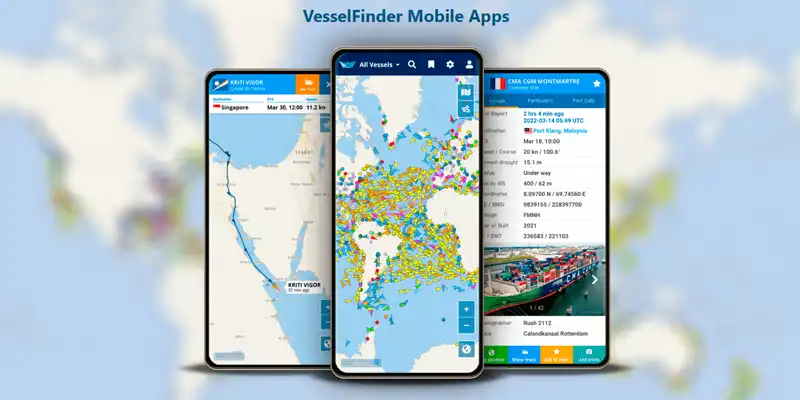
Lack of real-time data is a major driver of port congestion (PCS). An analysis of global port congestion in Q2 2025 shows that monitoring tools can reduce unplanned delays by 30%.
- Steps: Subscribe to daily alerts from the Port Klang Authority or Penang Port Commission to track vessel ETAs and berth availability. Set threshold alerts (e.g., if wait times exceed 24 hours) to immediately trigger backup plans. Also, monitor the impact of global events such as the Red Sea route adjustments.
- Potential Savings: 25% reduction in delay penalties – A Southeast Asian palm oil exporter used real-time tracking to adjust routes during the 2024 Red Sea crisis, saving $80,000 in PCS.
- Implementation Tools: Free tools like the VesselFinder app or professional software like FourKites, which provide AI-based predictions of congestion windows.
Strategy 4: Adopting multimodal transport and cargo split optimization
Relying on a single shipping route amplifies risk. Data from 2025 shows that hybrid land, sea, and air transport can mitigate the impact of congestion and reduce overall wait times by 15%.
- Steps: For large shipments (e.g., full container loads of furniture), split them into smaller batches: transport some by land from Penang to Pasir Gudang Port (approximately a four-hour drive) for export by sea; integrate rail (e.g., the ECRL) to transit through neighboring ports.
- Potential Savings: Reduce PCS and storage fees by 30% – In a transshipment case from Thailand to Malaysia, the company reduced delays from five days to one day by splitting shipments, saving 12% in total costs.
Strategy 5: Accelerate customs clearance and document digitization
Customs clearance delays account for 20% of port congestion in Malaysia. Port Klang’s Single Window System has reduced processing time from three days to one.
- Steps: Pre-digitize documents (such as bills of lading and invoices) and submit them using the uCustoms platform. For high-risk shipments, apply for Green Channel pre-clearance. Simultaneously, train the team to comply with the new 2025 tariff rules to avoid overdue storage penalties.
- Potential Savings: Reduce delay penalties by 40%—In 2025, an electronics manufacturer circumvented PCS at Penang Port through digital customs clearance, saving RM2,000 per month.
- Implementation Tools: Malaysia Customs’ eGateway system or an agent’s automated document review service.
Strategy 6: Negotiate additional exemptions and contract terms with shipping companies
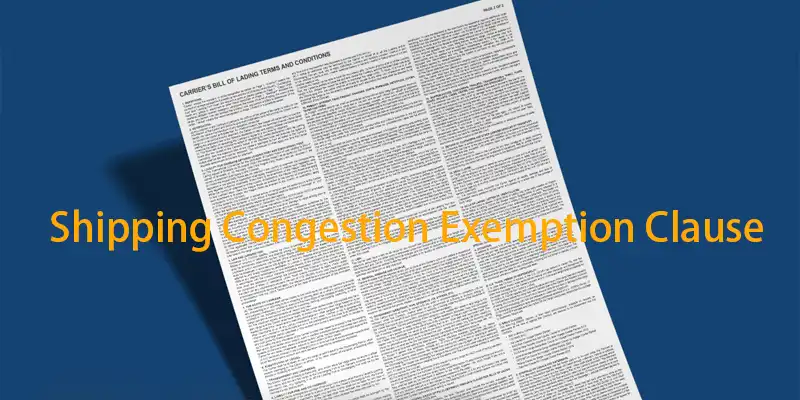
Port tariffs will increase by 30% in 2025, but flexible contracts can lock in a PCS cap.
- Steps: Negotiate congestion waivers in long-term contracts, such as additional free days or a 50% share of the PCS burden; select carriers that support “cargo reallocation” to shift cargo to less congested routes.
- Implementation Tools: Download legal templates from the International Chamber of Commerce (ICC) or consult your freight forwarder’s contract specialist.
Why choose TNSLOG SERVICES as your freight forwarding service provider?
As a leading freight forwarder in Malaysia, TNSLOG SERVICES SDN BHD understands the pain points of port congestion. We’re more than just an intermediary; we’re your strategic logistics partner. With over 20 years of experience navigating Southeast Asian shipping routes, we’ve served thousands of businesses, including palm oil exporters and electronics manufacturers.
Our core services include:
- Flexible transshipment network: Covering ports throughout Malaysia, Singapore, and Thailand, we support both LCL (less than container load) and FCL (full container load) options, enabling quicker routing around congested areas.
- Intelligent route optimization: Using AI tools to analyze real-time data, we customize the shortest possible route, reducing wait times by an average of 20%.
- One-stop customs clearance support: Through in-depth collaboration with customs and shipping companies, we shorten document processing times to within 24 hours, minimizing delay penalties.
- End-to-end tracking system: View cargo location, ETA, and potential risk alerts in real time via the app or website, ensuring supply chain transparency.
- Customized solutions: Design fast lanes tailored to your industry (palm oil or electronics) to mitigate seasonal peaks.
Conclusion
Port congestion charges are a hidden threat to global trade, but with forward-thinking and reliable partners, you can turn them into manageable variables. In Malaysia, a logistics hub, choosing a professional freight forwarder like TNSLOG SERVICES not only reduces additional transportation costs but also improves overall supply chain resilience. Even in the face of a Red Sea crisis or peak season storms, your cargo will arrive on time.
Ready to optimize your next shipment? Contact TNSLOG SERVICES today for a free PCS risk assessment, or visit our website to download the Port Congestion Guide. Let professional expertise guide you and usher in a new era of efficient trade!
You may also be interested in
Have Anything To Ask Us?
Please fill in your email in the form and we’ll get back to assist you soon!

